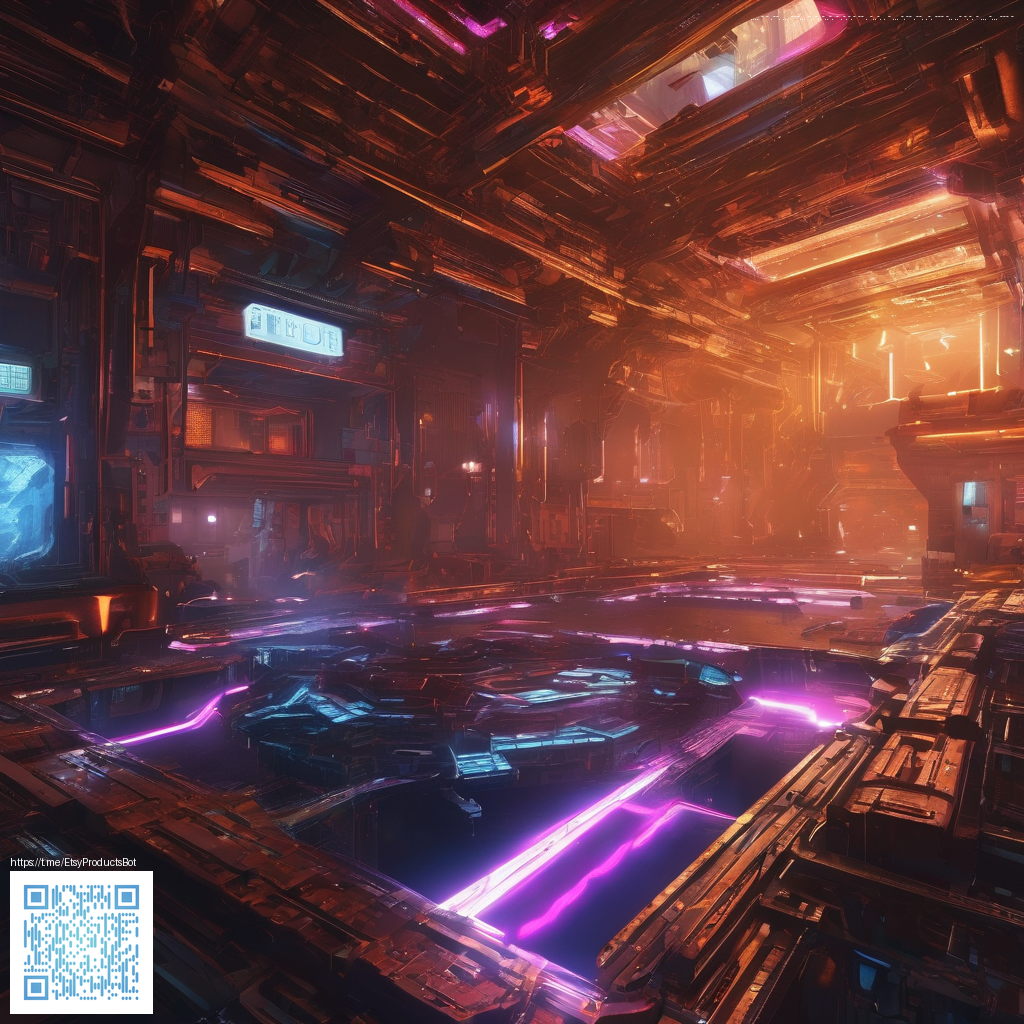
Bringing Realism to Digital Paper with Procreate Brushes
Digital artists have long chased the tactile magic of real paper, grain, and fiber. With Procreate brushes, you can simulate the way a surface interacts with ink and pigment, creating digital sheets that feel tangible even on a backlit screen. This article explores how thoughtful brush design and texture layering enable realistic digital paper—a technique that elevates sketches, concept art, and publication-ready illustrations.
Why does texture matter? Paper isn’t a flat sheet; it has grain direction, fibers, and tiny imperfections that catch light differently as you draw. When brushes mimic these attributes, lines gain subtle depth, shadows read as organic, and the overall piece communicates with the same tactile authority as traditional media. Procreate’s brush engine lets you control grain, spacing, opacity, and jitter, so textures respond to pressure and tilt in convincing, nuanced ways.
Key brush categories to explore
- Grain and fiber brushes that replicate the speckle and fiber orientation of cotton rag, newsprint, or laid paper.
- Gouache and watercolor washes for translucent layers that hint at depth beneath a line.
- Parchment, vellum, and dust textures to add character and age to your artwork.
- Edge bleed and feathered edges to reproduce pigment spreading along folds and rough edges.
- Specks, flecks, and micro-creases that inject life into flat swatches without overpowering the composition.
“Texture is not decoration; it’s context. When light and grain work in harmony, a digital drawing starts to feel alive.”
In practice, begin with a base texture and gradually layer color using blending modes such as Multiply or Overlay. Treat texture like a stage set: a broad, textured ground beneath the main strokes, with smaller grain on top of lines to simulate that tactile edge. Calibrate brush size to your canvas, and test on color swatches to ensure the texture remains readable across tones. The goal is subtlety—texture should support the artwork, not compete with it.
Workflow tips for realistic results
Consider a structured approach to build believable surfaces:
- Develop a small library of core textures: rough grain, soft fiber, and parchment creases.
- Import a high-resolution texture to create a custom brush; fine-tune grain alignment and spacing for consistency.
- Experiment with tilt and pressure curves to ensure texture reads uniformly across different brush strokes.
- Separate color palettes from texture overlays, then test texture on neutral surfaces before applying to your final piece.
For designers who like a tactile test surface as they work, consider a practical desk backdrop to gauge how textures interact with real-world materials. The Neon Desk Mouse Pad, a customizable one-sided print (0.12 inches thick), can be found here: https://shopify.digital-vault.xyz/products/neon-desk-mouse-pad-customizable-one-sided-print-0-12in-thick. It’s not that the pad changes texture, but it provides a contrasting backdrop to gauge how your digital paper textures read against everyday materials. A broader reference for texture approaches can be explored in project archives and design indexes.
With deliberate layering, you can push Procreate brushes from mere texture to a convincing material presence. Think of your brushwork as an interaction of light and surface: the grain reads differently on a pale wash than it does on a dark, saturated area, and that contrast is the heartbeat of realism in digital paper.